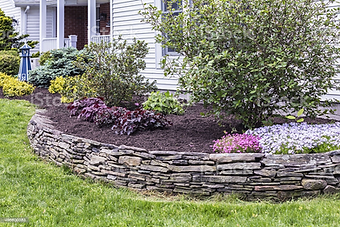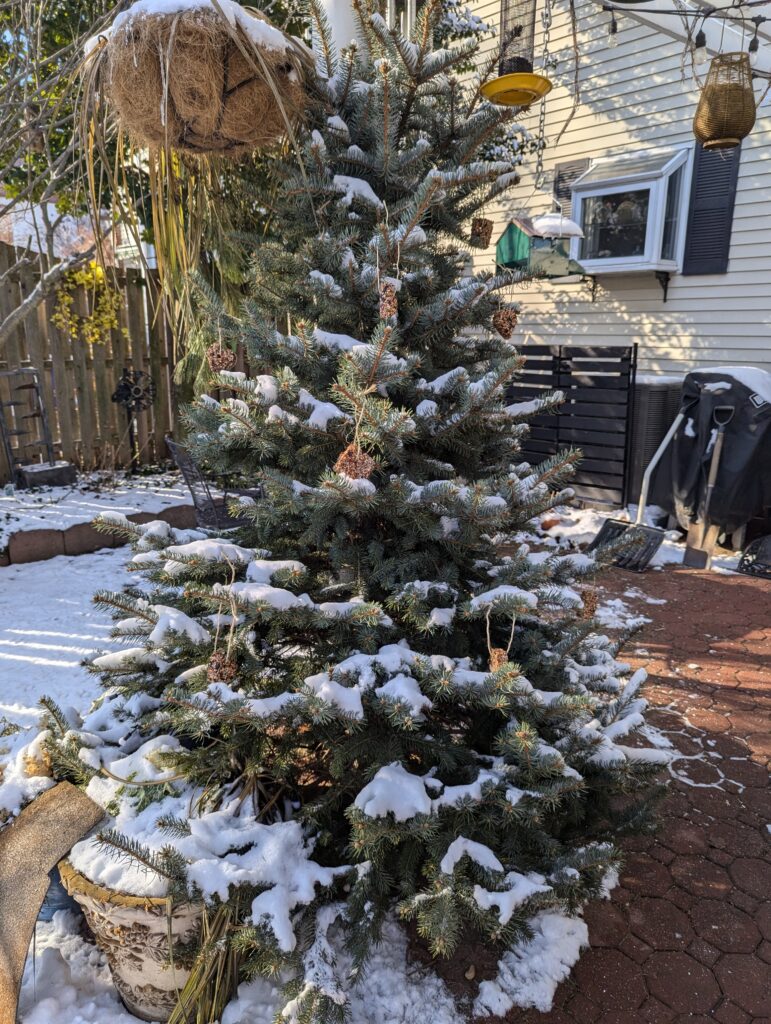
As a beginner gardener you’re probably feeling a little overwhelmed as to where to begin. In my last blog I discussed basic tips on location, water source, the sun’s movement, and the benefits of starting small. Today I am going to discuss the importance of discovering your planting zone, the importance of knowing frost dates and how to create and prepare good fertile soil. Hopefully after reading this blog you will see that starting a garden for beginners is not that difficult.
A “hardiness zone” or just “zone” refers to a region or geographic area which indicates a particular climate as it relates to good plant growth and survival. For instance, a desert has a specific climate which is dry with minimal rain and with temperatures ranging to the 100’s during the day and dipping below freezing at night. In contrast, a rainforest is inundated with rain and has high humidity with temperatures hovering between 70 degrees and 90 degrees Fahrenheit with relative humidity in the 77% to 88% range. So as you can see each region or “zone” is best suited for totally different kinds of plants that would flourish under those circumstances. Therefore, it is wise to know your area’s hardiness zone.
How Zones Were Created

The zones were created by the USDA (United States Department of Agriculture) as a rough guideline for beginner gardeners and farmers alike. The system consists of 13 regions that take into account the average year round minimum temperature for a particular area. The coldest average area is ranked as #1 with low temperatures ranging from -60 to -50 degrees Fahrenheit to #13, the zone with the warmest average year round minimum temperature of 60 to 70 degrees Fahreheit. Remember these numbers represent the average LOW temperatures. The #1 region of course would be in Alaska or the Arctic and Antarctic areas, with the warmest #13 being around the Equator or in a hot desert.
If a plant has a hardiness zone of 8, or perhaps it says “hardy to zone 8”, that means it’s minimum survival temperature would be 10 to 20 degrees Fahrenheit. There are many graphs that will give you this information; just google hardiness zones of plants and you’ll come up with numerous pictures and scales. Below is one I found on the internet that you can use. If you know your minimum temperature, you can apply this to your garden.
Where To Find Your Zone

You can find your zone on internet websites. Just search hardiness zones and depending on which type of chart you click, you can type in your zip code and it will tell you your zone, or you can click on a color coded map in which case you find your location and compare it to the legend or key.
It is extremely important to know your zone so that you can plant the appropriate flowers and shrubs in your garden. However, many local garden stores only sell plants that are appropriate for your area. If you’re unsure after reading the plant’s tag, just ask.
Frost Bite Hurts!
One other important factor you need to consider when starting a garden for beginners is knowing your average frost dates. Your frost date is the likely last frost date in the spring and the likely beginning frost date in the fall. You need to know this especially in the spring because you don’t want to plant prematurely. If you do you may find yourself covering your new growth with light weight blankets or newspaper!
I learned this from experience last spring because I remember having cabin fever and couldn’t wait to get my hands dirty. So I purchased freshly germinated plants and put them into pots. Wouldn’t you know it, the next week they predicted a freeze so I had to cover all of my plants with light sheets and blankets in the evening and uncover them around 1 or 2pm the next day when the temperature rose high enough for survival. What a mistake!
Frost Can Be A Killer
Frost is deadly for plants, especially tender plants. Plant cells are filled with water. If it gets too cold and the water begins to freeze, little shards of ice form within the cells. This harms the tissue of the plant and eventually kills it. So all your valuable time spent planning and planting your garden, and your funds spent purchasing shrubs and flowers will have been for naught if you plant too soon.
There are many ways to find your particular frost dates. There are sites available where you just plug in your zip code and it will tell you the date. Also the Farmer’s Almanac, the USDA and even the Home Depot can supply you with this information.
So please heed this warning or you will become very disappointed!
Amending Soil – Get the Good Stuff
A lot of your success will depend on the type of soil you have. As a beginner gardener you probably do not have much knowledge of the different kinds of soil. Believe me there are many. A lot depends on where you live. When I created my biggest gardens, I lived in an area that was void of good topsoil because the builder of our community scraped it all off and sold it for profit. Below the measly 3 inches of good soil they left us was very hard and very dense clay. Clay is not conducive for growing anything! So we had to amend, or change, the soil.
The Best Nutrients
It’s important to amend soil to it’s best quality in order to create the optimal conditions for your beautiful garden to grow. Soil is literally the plant’s breakfast, lunch, and dinner. You know if you eat a lot of junk food you start to feel pretty bad. The same is true for plants. They need highly nutritious food/soil filled with minerals, organic material (both plant, like decaying leaves or plants, and decaying animal dung!), water, and air. Without these ingredients, it will be tough for your plants to grow hardily.

This isn’t as difficult as it sounds. Really all you need is a good soil test. The test will give you the pH level – (the acidity and alkalinity of the soil) and the levels of nutrients that are in your soil. From these results you can determine what to do to improve the soil. If you do not understand the results, there are guides to help you maneuver through the info. You can get a test through lawn services, your local Cooperative Extension Office, or you can even test your pH level with a simple do it yourself test that is found on the internet, just google home soil test.
Add Some Mulch – Starting a Garden for Beginners
Early spring I like to lay mulch on my flower beds. These beds have been established so it’s easy just to lay it on top of the soil. Mulch is a covering or layering of usually organic material. It is used for many reasons:

- to retain moisture in the ground
- to keep the roots of your plants nice and cool during summer droughts and during the heat of mid-summer
- improve the nutrition and fertility of your soil
- to reduce weed growth
- to make your garden look polished and clean
When starting a garden for beginners you will only need a few bags of mulch that you can buy from your local Home Depot or Lowes. There are many varieties to purchase, from wood chips to triple shredded root mulch. This is your choice depending on the look you would like to achieve. However, I do not recommend buying mulch that has been dyed black because black attracts the heat and it would be counter productive.
A little dab will do ya!
In my previous blog, Gardening Ideas for Beginners, I discussed the size of a garden for a beginner I recommended starting small. That’s why I recommended only buying a few bags of mulch. Once you master the art of gardening and feel you want to jump into a larger project you will may need a truck load with perhaps 3 to 10 cubic yards of mulch. It is much cheaper to buy it in bulk from garden centers or landscaping supply stores. So don’t forget to mulch your garden!
Not to be Intimidated – Starting a Garden for Beginners
Gardening is and should be fun. It’s a way to get back in touch with nature, to relieve stress, and to get dirty and feel like a kid again. So my advice to you as you are starting a garden as a beginner is to follow my blogs and ask me questions, enjoy the journey, and just have fun!
If you’d like to leave a comment or ask a question, I’d love to read it and respond!
Happy Gardening!
Nina
bestgardeningforbeginners@gmail.com
www.bestgardeningforbeginners.com


